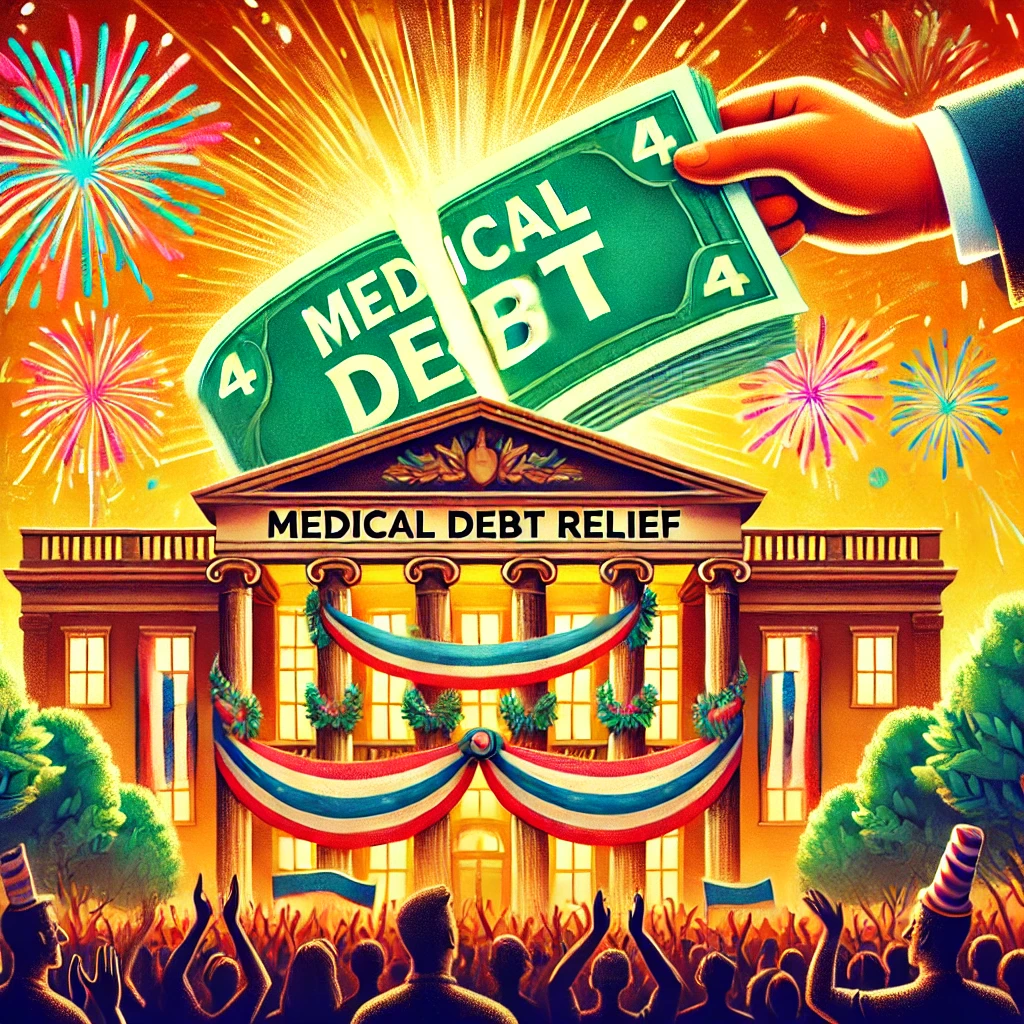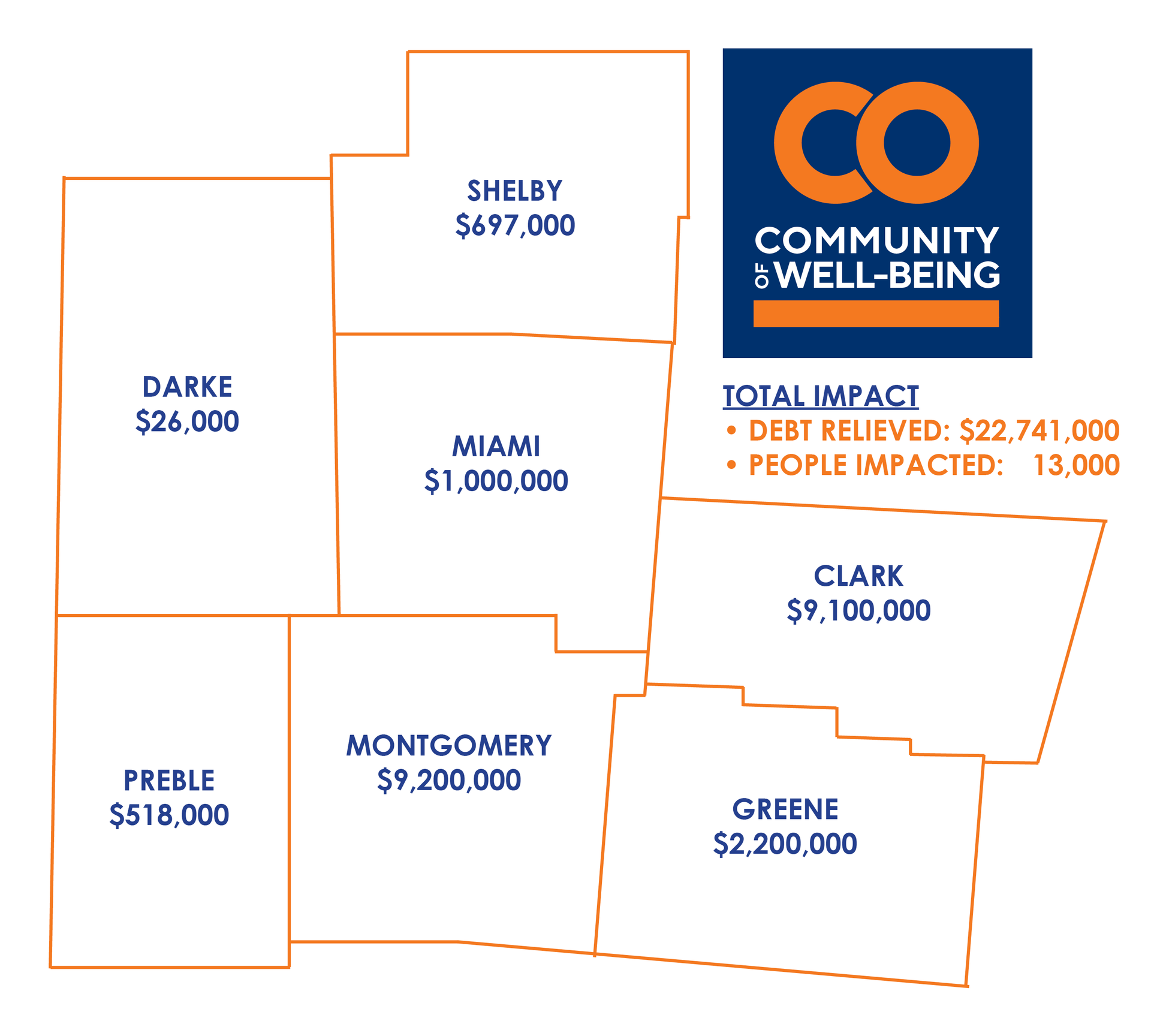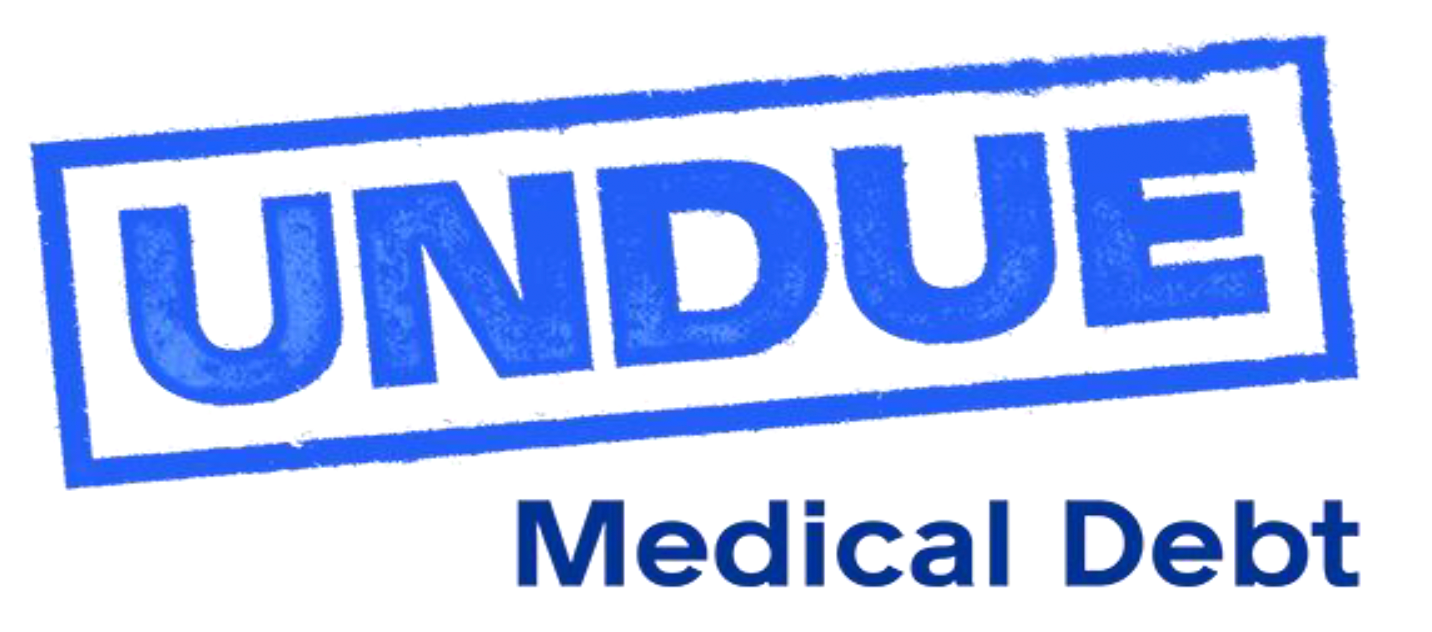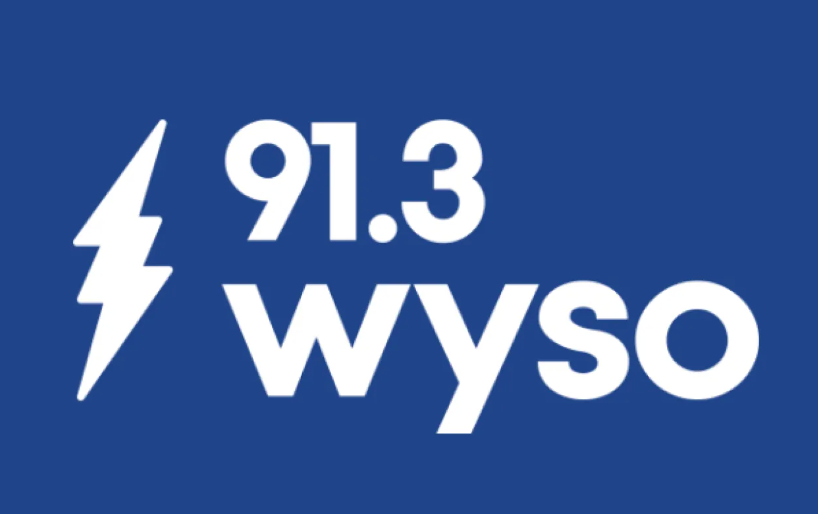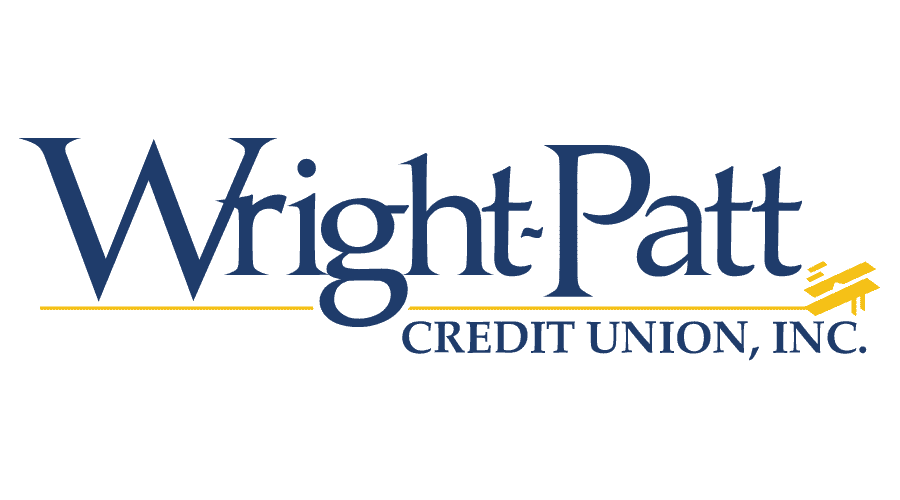HOW IT WORKS
Since being founded in 2014 by two former debt collectors, the non-profit organization Undue Medical Debt has acquired — and abolished — more than $14 billion in medical debt, helping over 10 million families and addressing a major social determinant of health. Undue Medical Debt partners with faith-based organizations, service clubs, fraternal orders, non-profits, community groups, professional associations, foundations, corporations and individuals, empowering donors by converting every dollar contributed into $100 of medical debt relief on average.

